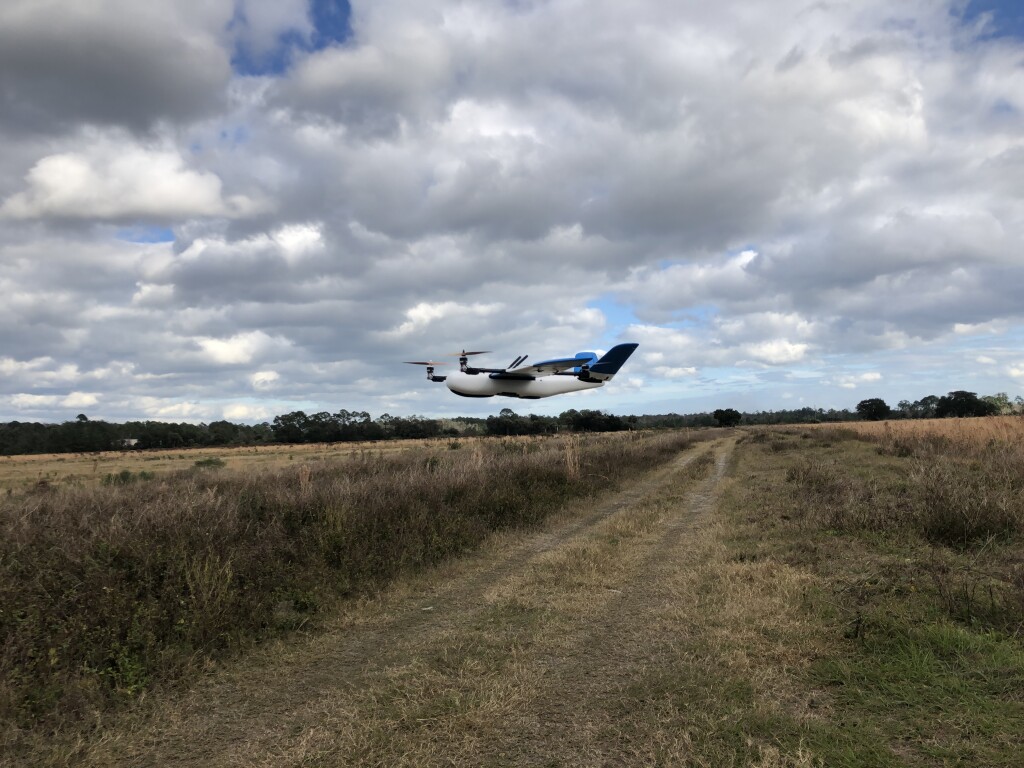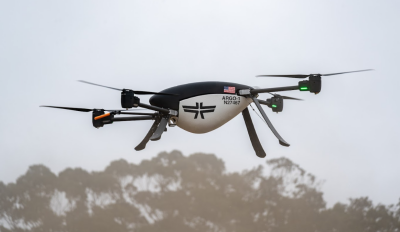When the FAA came out with the remote ID rule back in December of 2020, the industry wasn’t sure where they would land regarding a broadcast versus networked rule. It ultimately went with a broadcast-only system, but the language even back then suggested that this was a reflection on the needs of today’s market and that future rules might, and probably should, include networked options. During that time, Commercial UAV News talked about the merits of broadcast versus networked remote ID, in which we suggested that the real solution was more of a both/and rather than an either/or approach as a necessary step in moving forward with achieving the long-term goals of the industry.
Although broadcast can send out a signal, which is sufficient for most VLOS flights, it can’t receive, and that puts limitations on what the industry can do with it, especially when it comes to aircraft and flight management. Advanced operations, like BVLOS and one-to-many, require and depend on a more sophisticated solution that provides two-way communication for safety and security.
Even back then, the likelihood of seeing the FAA move forward with more investigations into the potential of networked capabilities seemed high. With the announcement of the FAA’s and Skywards’ Memorandum of Agreement (MOA) to test cellular-connected drones, this marks a major step in that direction.
“The MOA enables Skyward and the FAA to mutually research the capabilities of cellular communication networks for command and control (C2) within the National Airspace System,” stated the press release. “Partially focused on safety critical C2 data… [it] also allows the two groups to propose standards for operations, including BVLOS and over commercial wireless spectrum. Skyward and Verizon will also be using the data and information collected in the course of the MOA to inform its discussions on C2 and BVLOS operations in the FAA's BVLOS Advisory and Rulemaking Committee.”
That these tests are running in parallel with the FAA’s BVLOS ARC and is intended to inform that committee is telling—this is not just about testing out an idea, it is about sorting out future regulations. This speaks to how the FAA is envisioning the role of cellular in the future and where it might be used.
Why are we looking so closely at cellular and why is the test so important for future scalability of the Drone Industry?
In an interview with Matt Fanelli, Director of Strategy & Operations at Skyward, A Verizon Company, we were able to dive into why he thinks cellular connectivity needs to be part of the future of drone integration into the national airspace (NAS).
“In our industry, no other communications technology holds as much potential to provide the kind of reliable, trusted, and scalable performance that true BVLOS operations will require,” began Fanelli. “For most kinds of drone flights, the existing ubiquitous telecommunications networks provide the kind of availability that will power remote autonomous inspections and on-demand delivery. That availability also is scalable, cost effective and able to handle telemetry data to power UTM solutions at a reasonable price point. But more importantly, the protected licensed spectrum that Verizon runs its network on means protection from interference, unlike the unlicensed communications links that power today’s visual-line-of-sight operations. In our view, each of these features would individually improve the integration of BVLOS-ready drones into the NAS, and taken together, they represent an opportunity to truly unlock the power of BVLOS.”
Skyward is well-positioned to provide the data the FAA needs to understand how cellular connectivity can work for C2. They are no stranger to working with regulators and have been part of linchpin programs and committees addressing the key needs and challenges for the drone industry such as LAANC, the Remote ID ARC, and the UTM Pilot program. Fanelli sees this latest collaboration as a logical next step toward helping the industry grow.
“We’ve always believed that this industry will best be able to meet its potential when private industry works hand in hand with our regulators,” stated Fanelli. “This was true in our collaboration with the FAA on LAANC, on the Remote ID ARC, and in the UTM Pilot Program. One of the key enabling technologies for our next regulatory milestone is reliable, ubiquitous communications. We’ve been discussing the need for standards and operational guidance with respect to these communications links for drones since 2017, and with the advancements in the technology and this year’s focus on beyond visual line of sight at the FAA, we felt the time was right to study this in more depth.”
The tests are set to last for three years; during that time there is a lot to sort out and consider before we’ll see cellular connectivity as part of a regulatory framework for more advanced operations. Currently, there are no homogenous industry-defined operations standards for cellular-connected C2, and BVLOS and one-to-many operations are obviously still being sorted out. But this is an exciting step in the right direction.
Defining how drones can be safely integrated into the NAS has been the holy grail for many in the industry, but what that actually means in terms of value and meaning for the end user is just as important to understand and communicate. Skyward’s goals for the future of cellular connectivity are rooted in delivering on the needs of today and providing solutions to current challenges to enable industry growth in an organic way.
“We always like to begin discussions of the future by grounding the question in terms of the customers’ needs,” stressed Fanelli. “For us, that means enabling infrastructure providers like utility companies to inspect their electricity grids to collect near real time data after natural disasters. It means making sure the medical delivery flight takes the fastest route to the pharmacy where a patient waits to pick up her medicine. It means streaming ultra-high-definition video to the newsroom to cover a breaking story in a unique way.”
“But we know those use cases will only work if we can help deploy them safely,” he concluded. “We must understand the level of safety and reliability that governs all of aviation in the United States and then exceed those standards. This MOA and our work on the BVLOS ARC will help us set those safety standards and build the UTM software that will enable multiple orders of magnitude and more operations than we have today. It’s a thrilling future, and this is an exciting next step in the journey.”
















Comments